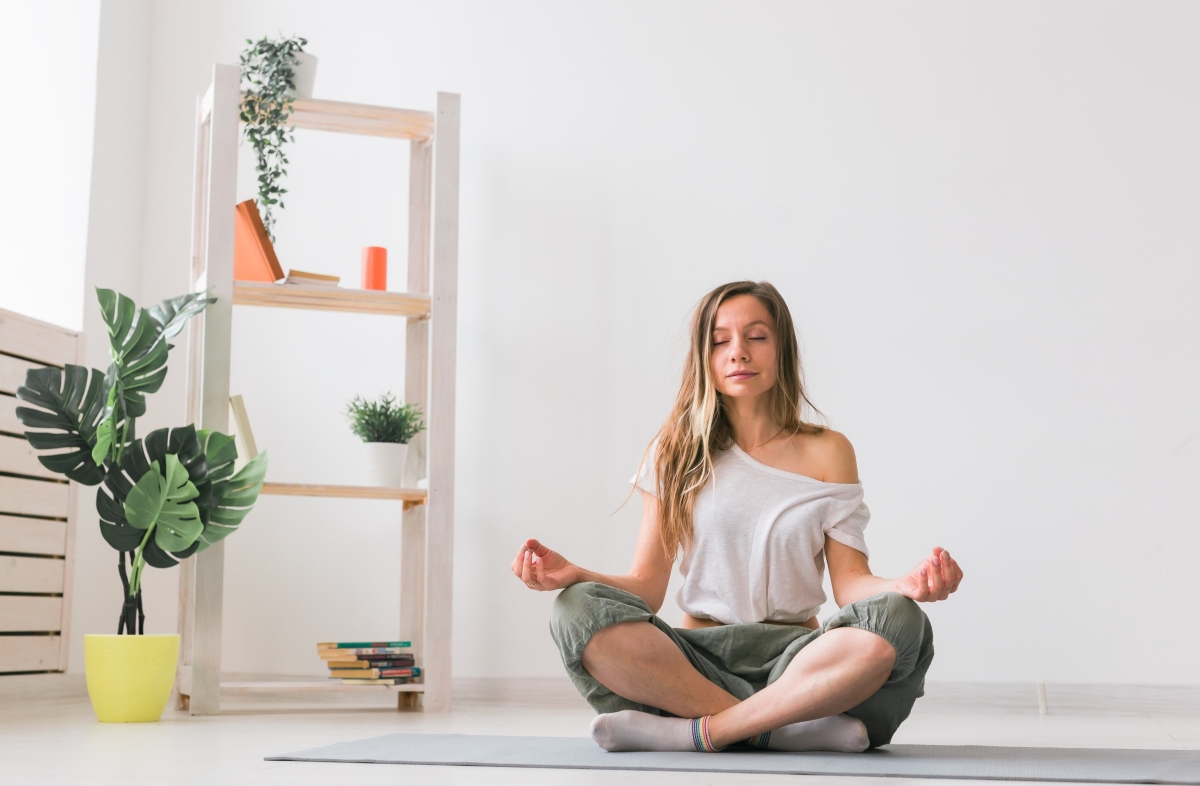Mindful Living: Incorporating Mindfulness and Meditation into Daily Life

In the hustle and bustle of modern life, finding moments of peace and clarity can feel like a distant dream. However, incorporating mindfulness and meditation into your daily routine can transform this dream into a reality. These practices are about finding calm in the chaos and fostering a deeper connection with yourself and the present moment. This guide will walk you through understanding mindfulness and meditation, starting your practice, and integrating these techniques into your everyday life.
Understanding Mindfulness and Meditation
What is Mindfulness?
Mindfulness is practicing paying full attention to the present moment without judgment. It involves being aware of your thoughts, feelings, and sensations as they arise and letting them pass without getting caught up in them. This practice helps you to live in the moment and appreciate life as it unfolds.
Benefits of Mindfulness:
- Stress Reduction: Mindfulness helps reduce the stress caused by overthinking and worrying about the past or future by focusing on the present.
- Improved Focus: Regular mindfulness practice can enhance your concentration and attention, making it easier to stay focused on tasks.
- Enhanced Emotional Regulation: Mindfulness helps you recognize and manage your emotions more effectively, leading to better emotional balance.
What is Meditation?
Meditation is a structured practice where you focus your mind to achieve a state of deep relaxation and mental clarity. There are various forms of meditation, including guided, transcendental, and mindfulness meditation, each with its own techniques and benefits.
Benefits of Meditation:
- Relaxation: Meditation induces a state of calm and relaxation, helping to alleviate anxiety and stress.
- Clarity of Mind: Regular meditation can lead to greater mental clarity and insight, aiding decision-making and problem-solving.
- Improved Overall Health: Studies show that meditation can positively affect physical health, lowering blood pressure and improving sleep quality.
The Science Behind Mindfulness and Meditation

Research and Evidence
Scientific studies have shown that mindfulness and meditation can significantly impact mental and physical health. Research indicates that these practices can change brain function and structure, improving emotional regulation and reducing stress.
Impact on Brain Function:
- Brain Changes: MRI studies have demonstrated that regular mindfulness and meditation can increase grey matter in areas of the brain associated with emotional regulation and self-awareness.
- Stress Reduction: Mindfulness and meditation can decrease the production of stress hormones like cortisol, contributing to lower stress levels and improved overall well-being.
Psychological and Physiological Effects
Psychological Benefits:
- Reduced Anxiety and Depression: Mindfulness and meditation can lower symptoms of anxiety and depression by promoting relaxation and a more balanced perspective.
- Enhanced Cognitive Function: These practices can improve cognitive functions such as memory, attention, and problem-solving skills.
Physiological Benefits:
- Lower Blood Pressure: Meditation has been linked to lower blood pressure, which can reduce the risk of cardiovascular issues.
- Improved Sleep: Regular practice can improve sleep quality and reduce insomnia.
Getting Started with Mindfulness and Meditation

Setting Up a Practice Space
Creating a dedicated space for mindfulness and meditation can enhance your practice. Choose a quiet, comfortable area to sit or lie down without distractions. This space should be inviting and clutter-free, making it easier to focus and relax.
Choosing the Right Practice
Types of Meditation:
- Mindfulness Meditation: Focuses on observing thoughts and feelings as they arise without judgment.
- Guided Meditation: Involves listening to a guide leading you through meditation.
- Transcendental Meditation: Uses a mantra to help you achieve deep relaxation.
Experiment with different types of meditation to find what resonates with you. Choosing a practice that aligns with your personal preferences and needs is important.
Creating a Routine
Regular practice is crucial for reaping the benefits of mindfulness and meditation. Start with short sessions, such as 5-10 minutes daily, and gradually increase the duration as you become more comfortable. Consistency is key, so try to practice at the same time each day to build a habit.
Practical Mindfulness Techniques for Daily Life

Mindful Breathing
Mindful breathing is a simple yet powerful technique that focuses on your breathing. This practice can be done anywhere and at any time. To practice mindful breathing:
- Find a comfortable position and close your eyes.
- Take a deep breath through your nose, allowing your abdomen to expand.
- Slowly exhale through your mouth, paying attention to the sensation of your breath.
- Repeat this process for a few minutes, focusing solely on breathing.
Mindful Eating
Mindful eating involves paying full attention to the experience of eating. This technique can improve digestion and enhance your enjoyment of food. To practice mindful eating:
- Sit down to eat without distractions such as TV or smartphones.
- Take small bites and chew slowly, savoring the flavors and textures.
- Notice the colors, smells, and sensations of the food.
- Pay attention to your body’s hunger and fullness cues.
Mindful Movement
Incorporating mindfulness into physical activities can enhance your overall well-being. Practices like yoga, tai chi, and mindful walking can help you connect with your body and the present moment. To practice mindful movement:
- Engage in gentle exercises such as yoga or stretching.
- Focus on the sensations in your body as you move.
- Pay attention to your breath and how it synchronizes with your movements.
Overcoming Common Challenges

Dealing with a Wandering Mind
It’s normal for your mind to wander during mindfulness and meditation. When this happens, gently bring your focus back to the present moment. Focusing on your breath or a mantra can help redirect your attention.
Finding Time for Practice
Incorporating mindfulness and meditation into a busy schedule can be challenging. Start by setting aside just a few minutes each day. Short practices can be beneficial, even as brief as 2-5 minutes. Look for opportunities to practice during breaks or before bedtime.
Maintaining Consistency
Building a consistent practice can be difficult, but it’s essential for long-term benefits. To stay motivated, set reminders, create a routine, and track your progress. Joining a meditation group or using apps can also provide support and encouragement.
Benefits and Impact of a Mindful Lifestyle

Enhanced Emotional Well-being
Adopting a mindful lifestyle can lead to greater emotional stability and resilience. By staying present and managing your reactions, you can navigate life’s challenges more easily and clearly.
Improved Physical Health
Mindfulness and meditation have been linked to numerous physical health benefits, including lower blood pressure, better sleep, and reduced chronic pain. These practices contribute to overall well-being and can enhance your quality of life.
Positive Lifestyle Changes
Incorporating mindfulness into your daily life can lead to broader behavior, relationships, and outlook changes. As you become more aware and present, you may make healthier choices, build stronger connections, and experiencing a greater sense of fulfillment.
Conclusion

Mindfulness and meditation are powerful tools for enhancing your quality of life. By incorporating these practices into your daily routine, you can experience greater peace, clarity, and emotional balance. Start with small steps, and gradually build a consistent practice that works for you. The benefits of mindful living are profound and lasting, offering a pathway to a more fulfilling and centered life.
Begin your journey towards mindful living today. Start with just a few minutes of mindfulness or meditation each day and observe the changes in your life. Share your experiences and insights with others to inspire them on their own mindful journey. Explore additional resources like books, apps, and meditation groups to deepen your practice and support your well-being.





